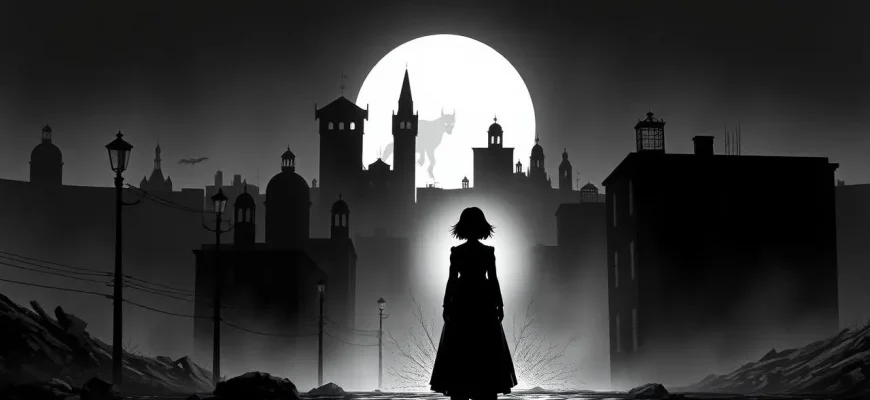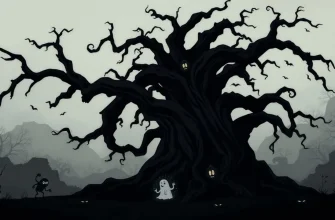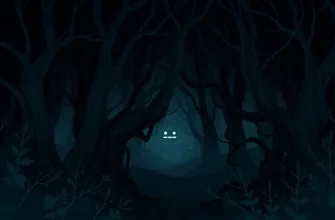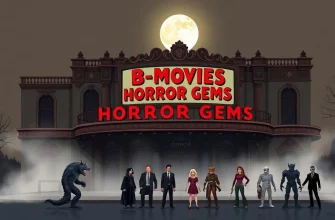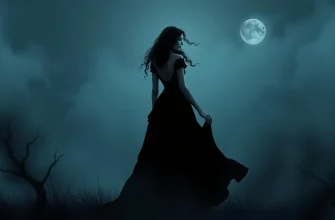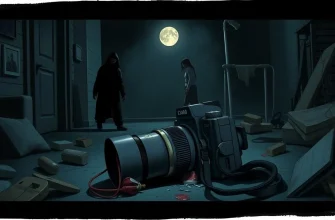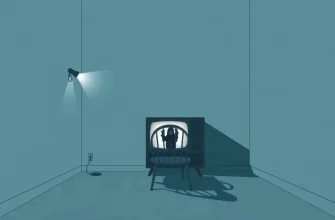Black and white horror films have a unique charm, evoking a sense of nostalgia and timeless terror. These films, often from the golden age of cinema, utilize shadow, light, and sound to create an atmosphere of suspense and dread. This collection showcases some of the most iconic and influential black and white horror movies, each with its own eerie allure and historical significance. Whether you're a fan of classic cinema or just looking for a good scare, these films are sure to captivate and chill you to the bone.
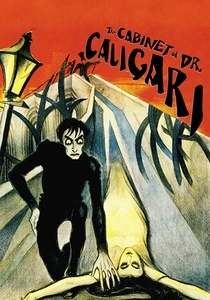
The Cabinet of Dr. Caligari (1920)
Description: A pioneering work of German Expressionism, this film explores themes of madness and control through its distorted sets and stark black and white visuals, creating a surreal, nightmarish world.
Fact: The film's sets were designed to reflect the inner turmoil of the characters, making it one of the first films to use visual style to convey psychological states.
 Watch Now
Watch Now 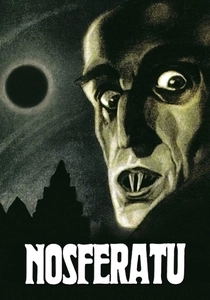
Nosferatu (1922)
Description: This silent German Expressionist film is an unauthorized adaptation of Bram Stoker's "Dracula." Its eerie visuals and haunting atmosphere make it a cornerstone of horror cinema, showcasing the power of black and white film to evoke fear.
Fact: The film was almost destroyed due to a lawsuit from Stoker's estate, but surviving copies have made it a cult classic. The character of Count Orlok is one of the most iconic vampire depictions in film history.
 Watch Now
Watch Now 
The Phantom of the Opera (1925)
Description: Lon Chaney's performance as the Phantom, with his elaborate makeup, is legendary. The film's use of black and white adds to the dramatic tension and the eerie beauty of the opera house setting.
Fact: Chaney did his own makeup, creating the iconic look of the Phantom, which was kept secret until the film's premiere.
 Watch Now
Watch Now 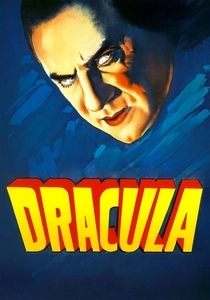
Dracula (1931)
Description: Bela Lugosi's portrayal of Count Dracula is iconic, with the film's black and white cinematography enhancing the gothic atmosphere and the eerie presence of the vampire.
Fact: Lugosi was so closely associated with the character that he was often typecast as Dracula in subsequent films and even in his personal life.
 Watch Now
Watch Now 
Frankenstein (1931)
Description: Directed by James Whale, this film adaptation of Mary Shelley's novel features Boris Karloff as the Monster. Its groundbreaking makeup and special effects, combined with the stark black and white cinematography, create a chilling narrative of creation and destruction.
Fact: The film was initially banned in several countries due to its graphic content. Karloff's portrayal of the Monster was so iconic that it influenced all future interpretations of the character.
 Watch Now
Watch Now 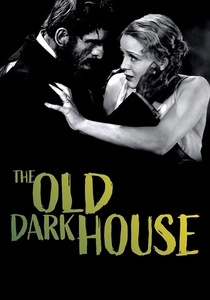
The Old Dark House (1932)
Description: Directed by James Whale, this film features a group of travelers taking refuge in a mysterious old house during a storm, with black and white cinematography enhancing the gothic atmosphere and the eerie encounters within.
Fact: The film was thought to be lost for many years until a print was discovered in the 1960s, making it a rediscovered classic of horror cinema.
 Watch Now
Watch Now 
The Wolf Man (1941)
Description: Lon Chaney Jr. stars as Larry Talbot, who becomes a werewolf after being bitten by a creature. The film's black and white palette enhances the eerie transformation scenes and the foggy, mysterious setting.
Fact: The film introduced the now-famous line, "Even a man who is pure in heart and says his prayers by night, may become a wolf when the wolfbane blooms and the autumn moon is bright."
 Watch Now
Watch Now 
Cat People (1942)
Description: This psychological horror film explores the fear of transformation and identity, using black and white to heighten the sense of dread and the surreal nature of the protagonist's curse.
Fact: The film was remade in 1982, but the original is celebrated for its subtlety and the way it uses shadows and light to suggest rather than show.
 Watch Now
Watch Now 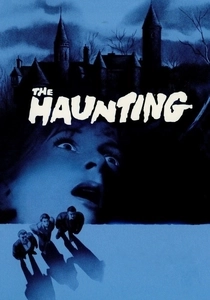
The Haunting (1963)
Description: Based on Shirley Jackson's novel "The Haunting of Hill House," this film uses psychological horror to build tension. Its use of shadows and sound in black and white adds to the eerie, unsettling atmosphere, making it a masterclass in suspense.
Fact: The film was shot in a real mansion, which added to the authenticity of the setting. It's often cited for its minimal use of special effects, relying instead on suggestion and atmosphere.
 Watch Now
Watch Now 
The Invisible Man (1933)
Description: Directed by James Whale, this adaptation of H.G. Wells' novel uses black and white film to great effect, showcasing the eerie invisibility of the protagonist through clever visual effects and shadows.
Fact: The film was one of the first to use the concept of invisibility in cinema, employing a technique where actors were covered in black velvet to appear invisible against a black background.
 30 Days Free
30 Days Free 
